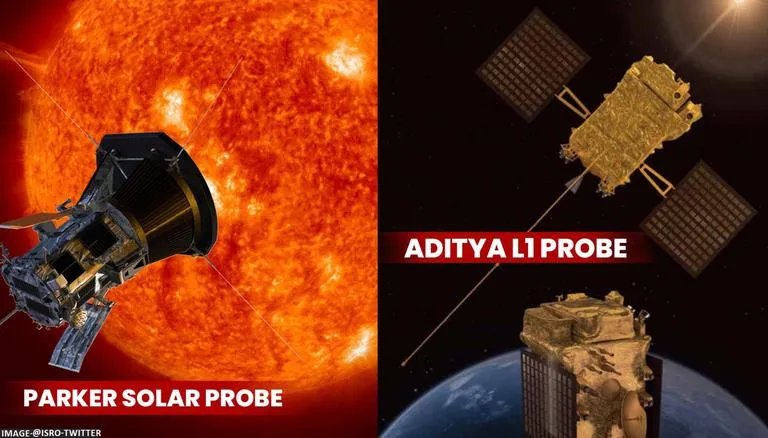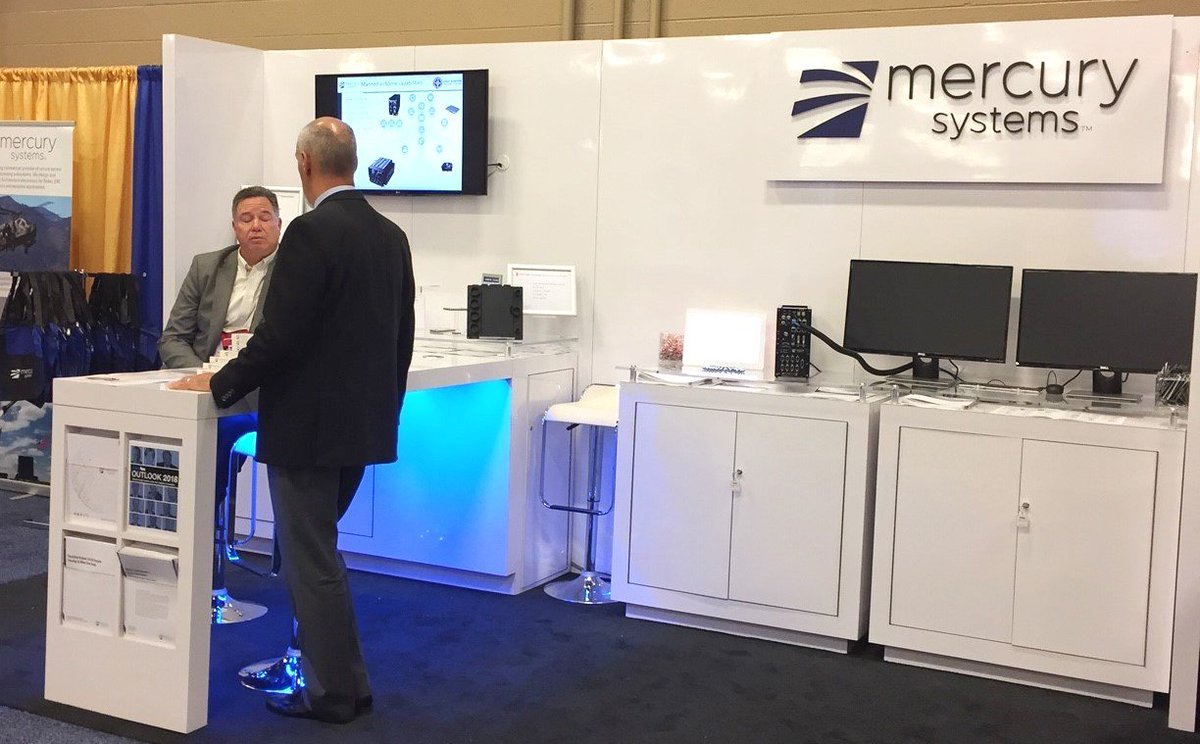Bengaluru, NFAPost: India’s Aditya L1 and NASA’s Parker Solar Probe are both on remarkable missions aimed at unravelling the secrets of our Sun. While their overarching objectives are similar, they differ significantly in their approach, technology, and proximity to the Sun. In this comprehensive analysis, we delve into the intricacies of these two pioneering solar missions.
Aditya L1: India’s Solar Quest
Scheduled Launch Date: September 2, 2023, via the Indian Space Research Organisation’s (ISRO) Polar Satellite Launch Vehicle (PSLV C-57). Orbit: Aditya L1 will be positioned at the L1 Lagrange point, a staggering 1.5 million kilometres from Earth. This strategic location ensures uninterrupted observation of the Sun. Objective: The primary mission of Aditya L1 is to study the Sun’s activities and their potential impacts on Earth’s technology. Instrumentation: Aditya L1 boasts an impressive array of seven specialized instruments designed to capture images, analyze particles, measure magnetic fields, and scrutinize the various layers of the Sun.
Parker Solar Probe: NASA’s Bold Solar Endeavor
Launch Date: This mission took flight back in 2018. Orbit: The Parker Solar Probe ventures much closer to the Sun, orbiting within a mere 3.9 million miles of the Sun’s scorching surface, even diving into the searing corona. Objective: NASA’s Parker Solar Probe is on a mission to study the solar corona, solar wind, and high-energy particles, and to gain a deeper understanding of solar dynamics and space weather. Instrumentation: Equipped with four cutting-edge scientific instruments, Parker Solar Probe focuses on magnetic fields, plasma, and energetic particles, and provides crucial solar wind imaging.
Proximity to the Sun: A Pivotal Distinction
One of the most notable distinctions between these missions is their proximity to the Sun:
- Aditya L1: Positioned strategically at the L1 Lagrange point, it offers continuous observation from a safe distance, ensuring the collection of valuable data without enduring the extreme heat and radiation encountered closer to the Sun’s surface.
- Parker Solar Probe: This NASA spacecraft dares to venture unprecedentedly close to the Sun’s surface, within the corona itself, braving extreme heat and radiation to collect data directly from the heart of our star.
Differences in Payloads
Each mission’s scientific instruments serve distinct purposes:
Aditya L1’s Payloads
- VELC: Captures images and spectral data of the solar corona, providing insights into its temperature, velocity, and density.
- SUIT: Offers high-resolution imagery of the photosphere and chromosphere, aiding in understanding these essential solar layers.
- SoLEXS: Observes soft X-rays, revealing surface activity on the Sun.
- HEL1OS: Provides crucial hard X-ray data for insights into high-energy solar phenomena.
- ASPEX: Enables in-situ analysis of solar wind particles, particularly protons and heavier ions.
- PAPA: Analyzes electrons and heavier ions in the solar wind through in-situ observations.
- Advanced Tri-axial High-Resolution Digital Magnetometers: Measures magnetic fields in the solar corona.
Parker Solar Probe’s Payloads
- FIELDS: Studies magnetic fields.
- ISIS: Investigates plasma.
- WISPR: Images of the solar wind.
- SWEAP: Analyzes solar wind electrons, alphas, and protons.
Mission Objectives
While both missions aim to unlock the Sun’s mysteries, their distinct approaches yield diverse insights:
- Aditya L1: Continuous monitoring from a distance allows it to provide insights into solar activities and their potential impacts on Earth’s technology.
- Parker Solar Probe: Its close encounters with the Sun yield critical data on solar wind acceleration, aiding predictions of satellite and communication system disruptions.
Solar Mission Landscape
It’s worth noting that the quest to understand our Sun extends beyond Aditya L1 and Parker Solar Probe. Several other space agencies, including the European Space Agency (ESA), Japan, China, and Russia, have made significant contributions to solar exploration. In 2018, NASA joined forces with ESA to launch the Parker Solar Probe, marking a historic milestone in solar research. Additionally, the ‘Solar Orbiter,’ a collaborative effort between NASA and ESA, took flight in 2020, further enhancing our understanding of the Sun’s influence on the space around us.
In conclusion, Aditya L1 and Parker Solar Probe represent two distinct yet complementary approaches to unravelling the enigmatic nature of our Sun. While Aditya L1 observes from a safe distance, Parker Solar Probe boldly ventures into the heart of our star, together expanding our knowledge of this celestial powerhouse and its impact on our world.





